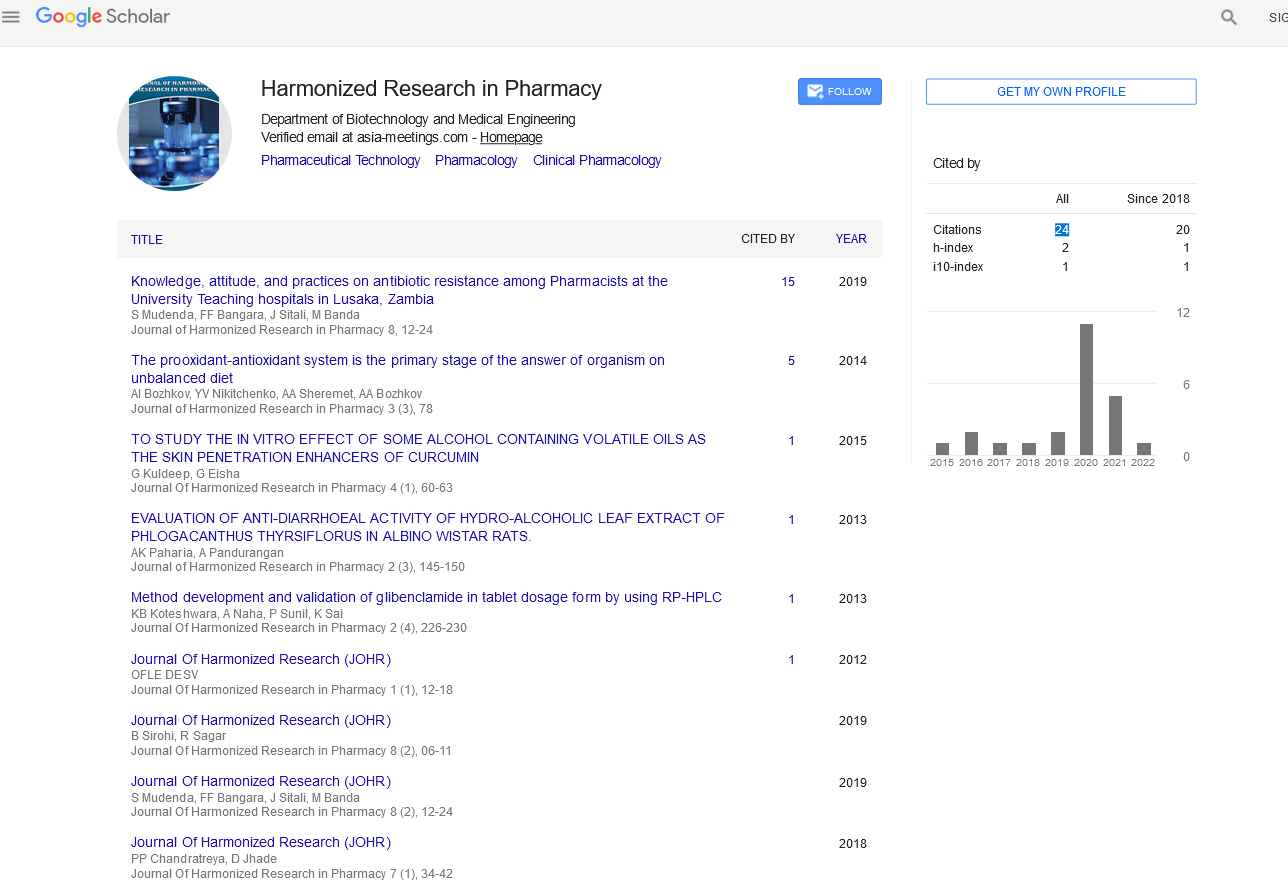ACUTE INTOXICATION BY SYNTHETIC CANNABINOIDS: CLINICAL AND LABORATORY FINDINGS: A CASE SERIES
Abstract
Author(s): Ali Cem Yekdes
New psychoactive products (synthetic cannabinoids) which are subgroups of the cannabinoids began to be produced after prohibition and reduced accessibility of other cannabis in many countries. This p sychoactive molecules act as an agonist of cannabinoid 1-2 receptors (CB1-2) resident central and peripheral nervous system. Many psychiatric symptoms such as euphoria, anxiety, agitation, irritability, paranoia, psychosis can be seen also physical symptoms like sweating, nausea, vomiting, appetite changes, hypertension, hypotension, chest pain, tachycardia, bradycardia, and respiratory depression can be seen. In our study we aimed to discuss clinical conditions of the cases which were brought to Emergency service(ER) with cannabinoid intoxication diagnosis after that followed up in intensive care unit (ICU). Materials and Methods: 25 patients with synthetic cannabinoid intoxication enrolled into the study between 2015-2016. Age, sex, neurological and cardiac examination during time of application, laboratory values such as pH, urea, creatinine, white blood cell counts, electrolyte levels, liver function tests were evaluated and statistically risk analysis was performed for each parameter. Results: The number of patients with synthetic cannabinoid intoxication was 25. Female/male ratio was 1/24. Ages of the cases were changes between 19 to 59, mean age was 26, 1. In neurological examination in ER 8 patients(%32) had unconsciousness, 2 patients(%8) had agitation, 5 patients(%20) had confusion, 8 patients(%32) had dizziness. 2 patients were normal for neurological examination, Glasgow coma scale were 15. In examination cardiological findings were 5 cases (%20) only tachycardia, one case (%4) hypertension, 10 cases (%40) hypotension and tachycardia together. Cardiological examinations were normal in 9 cases (%36). None of cases had bradycardia or other arrhythmic situations. In gastroenterologic examination we did not find nausea, vomiting or other gastroenterologic symptoms. 4 patients (%16) were followed up in ICU more than 48 hours. 4 patients (%16) were discharged from ICU less than 24 hours. Other 17 patients (%68) were followed up at least 24 hours that must be. Death did not occur in our cases. Conclusion: Synthetic cannabinoids square measure unsafe and harmful medicine of abuse; they'll even cause severe side effects. There's a necessity for a multidisciplinary approach for recognition and treatment of the clinical manifestation ensuing from synthetic cannabinoid use. Education of teachers, parents and adolescents about the potential health risks of victimization this product is important. Key words: Synthetic cannabinoids, intoxication, psychoactive.

Google Scholar citation report
Citations : 147
Journal of Harmonized Research in Pharmacy received 147 citations as per google scholar report









